The numero uno enemy of the construction industry is earthquakes. Seismic activities can demolish years of hard work in a deadly minute. That is why building earthquake resistant structures is so important.
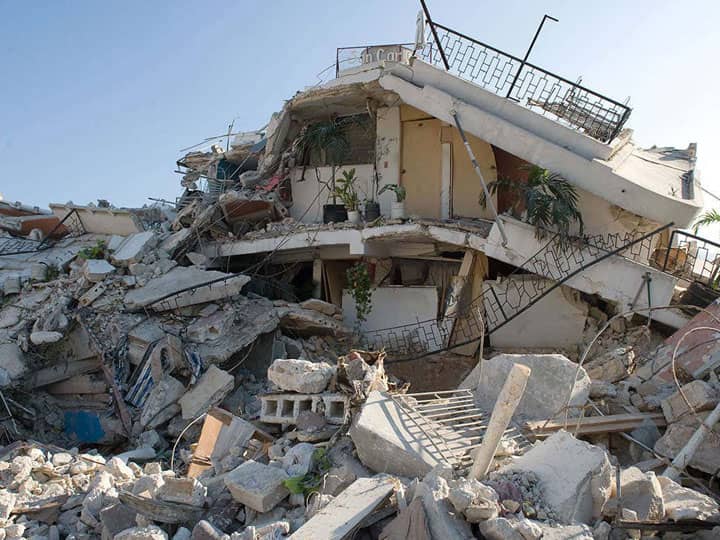
Constructing aseismic buildings is vital for areas where seismic activity is high but you have to build there anyway. It is also mandatory for tall structures, because a slight vibration in the soil may sway the top violently.
Knowing why seismic activities occur and how can they hurt a building is integral to building earthquake resistant structures. Let us look into it in brief below.
The old saying goes, "know thy enemy." And so, every civil engineer worth his salt must learn about the reason behind seismic activities. This will help them immensely in building earthquake resistant structures.
The crust of our planet is divided into several "plates". These are called tectonic plates and they float around. This process is so slow that we can't feel it. However, the problem occurs when one of these plates touches another.
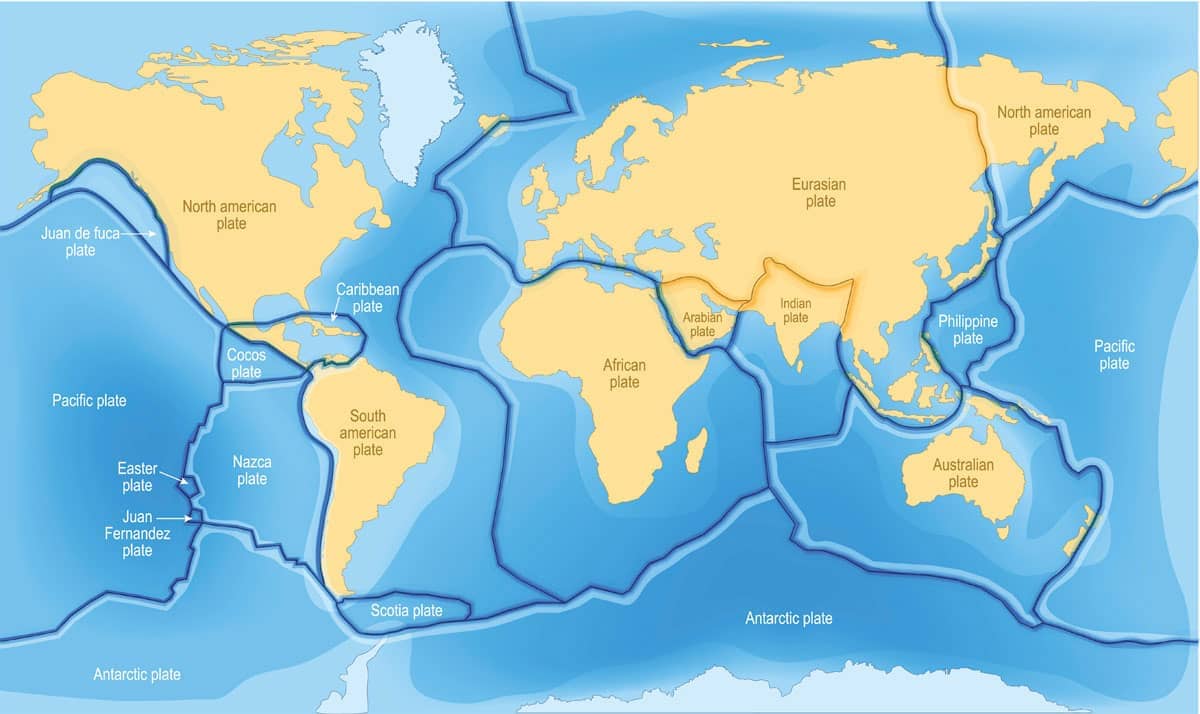
When tectonic plates collide, massive tremors start happening. It can change the very face of the earth. Indeed, the Himalayas are the result of the indian plate hitting the eurasian plate. The earth folded up and is still increasing in height.
Of course, that's not common. What's common are the frictional tremors along the "faults" in the crust. When friction occurs due to convection in these faults deep in the earth, it releases huge amounts of energy. It reaches the ground as vibration and swaying. That is what we know as earthquakes.
Seismic waves generate at the center of the quake and radiate outward. They travel fast through the rocky layer, but get slowed by soil. However, soil increases the magnitude. So, if a structure is resting on bedrock, it will get hit faster and more frequently (some small vibrations are absorbed by soil entirely), but it will sway less.
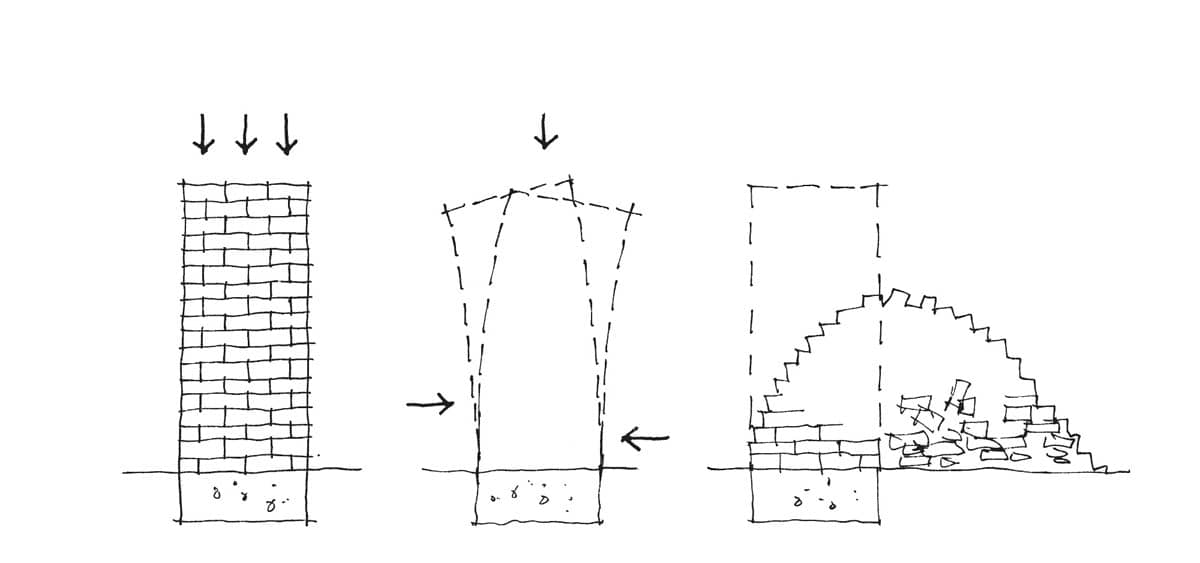
There are two different kinds of seismic waves that propagate from the earthquake epicenter. These are called the Body Waves and the Love Waves. Together, they cause immense damage to structures.
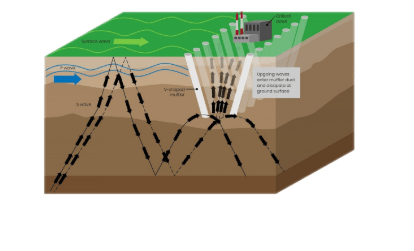 Body waves compress and expand the stone or soil they travel through. This causes the building to bounce up and down. You can imagine the damage done. Love waves are more like intense vibrations that shake the structure laterally.
Body waves compress and expand the stone or soil they travel through. This causes the building to bounce up and down. You can imagine the damage done. Love waves are more like intense vibrations that shake the structure laterally.
This is what's responsible for cracking the walls and breaking the columns that only support vertical loads.
We have covered how earthquakes affect buildings in picturesque details later in this issue.
Now, let us see the top 5 earthquake resistant structures that defy the earth's anger and can withstand high magnitudes in the Richter Scale.
There are two international airports in Istanbul and this one is famous for its robust structure. Sitting almost on top of the North Anatolian Fault line, the architects had no choice but to make the structure as much seismically impenetrable as possible.
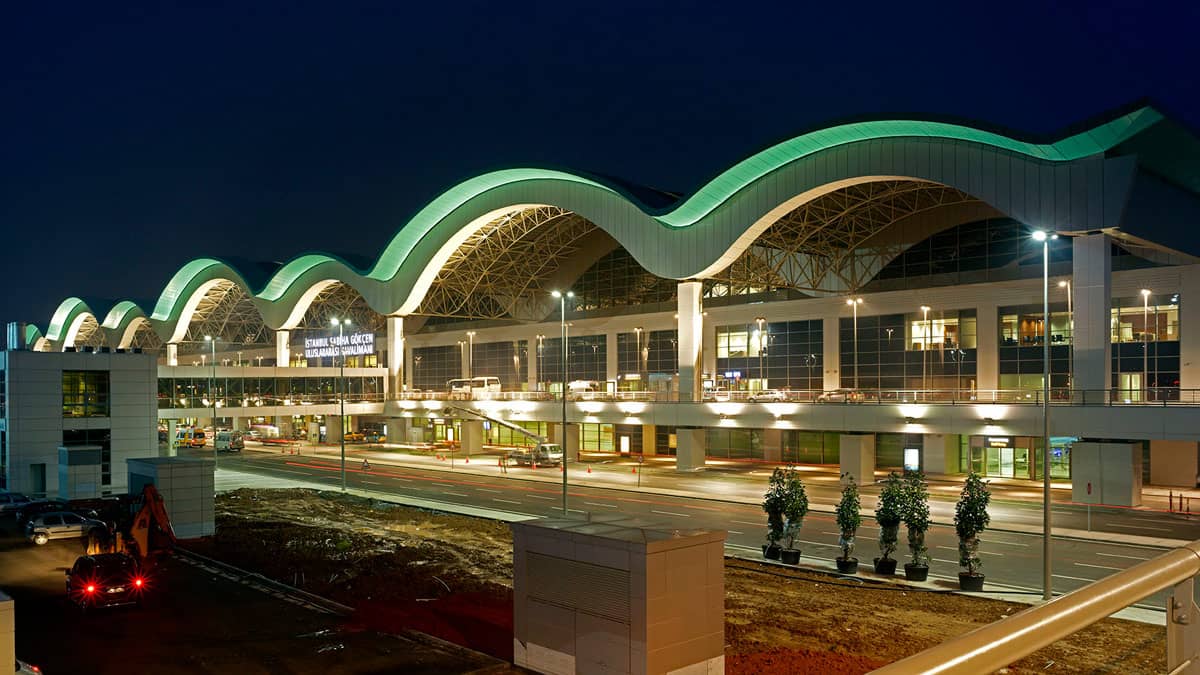
Ove Arup, the engineering firm which was in charge of design and construction of this megastructure, combated this problem beautifully. They used something called the base isolator system to build this.
This technology makes the building almost "invisible" to the seismic waves that hit the area. There are around 300 base isolator systems in that airport building, forcing the seismic vibrations to go around the structure instead of passing through it.
This design is so efficient that the base isolators can reduce lateral seismic loadings up to 80%. Which means, the superstructure is able to withstand an earthquake up to 8.0 Richter Scale. Wow! Imagine seeing all other buildings crumbling down all around the city but not feeling anything yourself.
Needing no introduction, this massive needle in the face of Dubai is not only the tallest structure in the world, but also one of the safest one. The iconic building was built with innovative technologies to fight earthquakes.
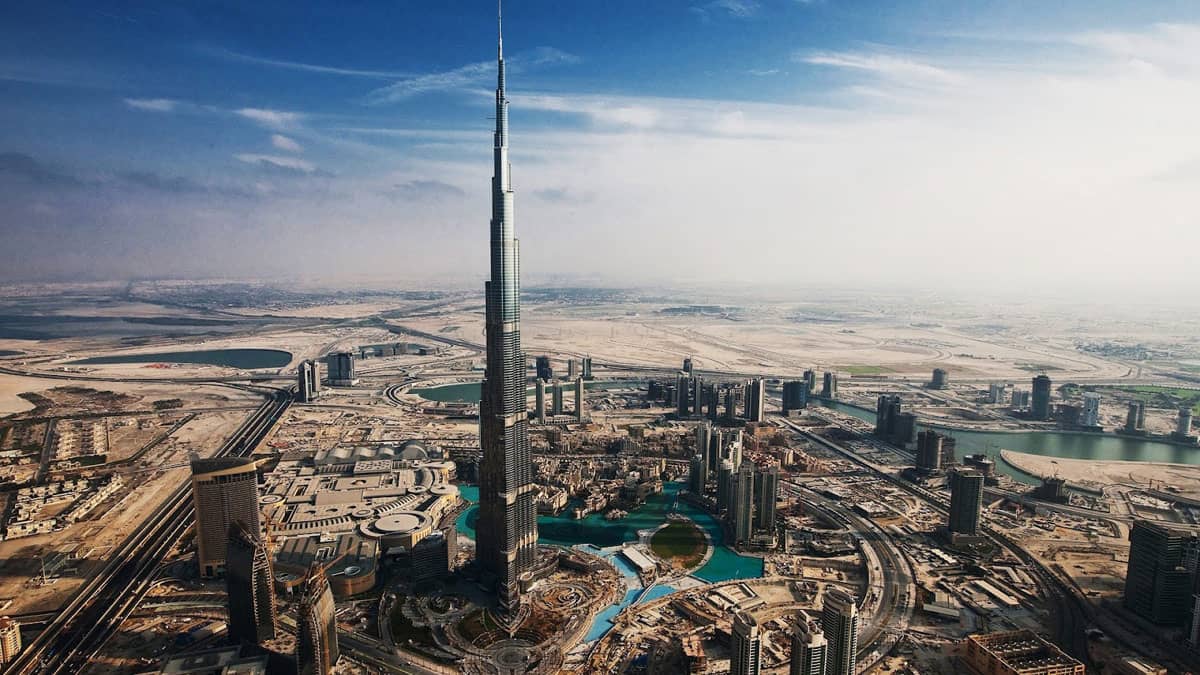
To be precise, Burj Khalifa fights seismic activity by not hiding from it, like above, but standing firm against the waves. The building utilizes mechanized floors that can channel away the incoming lateral waves to the columns, thereby absorbing most of the force.
These floors have outrigger walls which connect the perimeter columns to interior walls. This makes the perimeter columns negate the lateral forces acting on the building. Of course, they also hold the floors up. Gravitic loads from the seismic waves pass through these columns rather than the floors, minimizing damage as well.
Add to that the extensive deep foundation support, and other tricks used here and there according to seismic surveys, and you got an exceptionally stiff megastructure. To a construction engineer, this skyscraper is the symbol of adamant resolve standing defiant against the forces of nature.
Looking oddly Egyptian in shape and name, this skyline-changing megastructure in San Francisco was built in the 70's. It sits close to two of America's major seismic centers: the Hayward fault and the San Andreas fault. This area is prone to violent earthquakes.
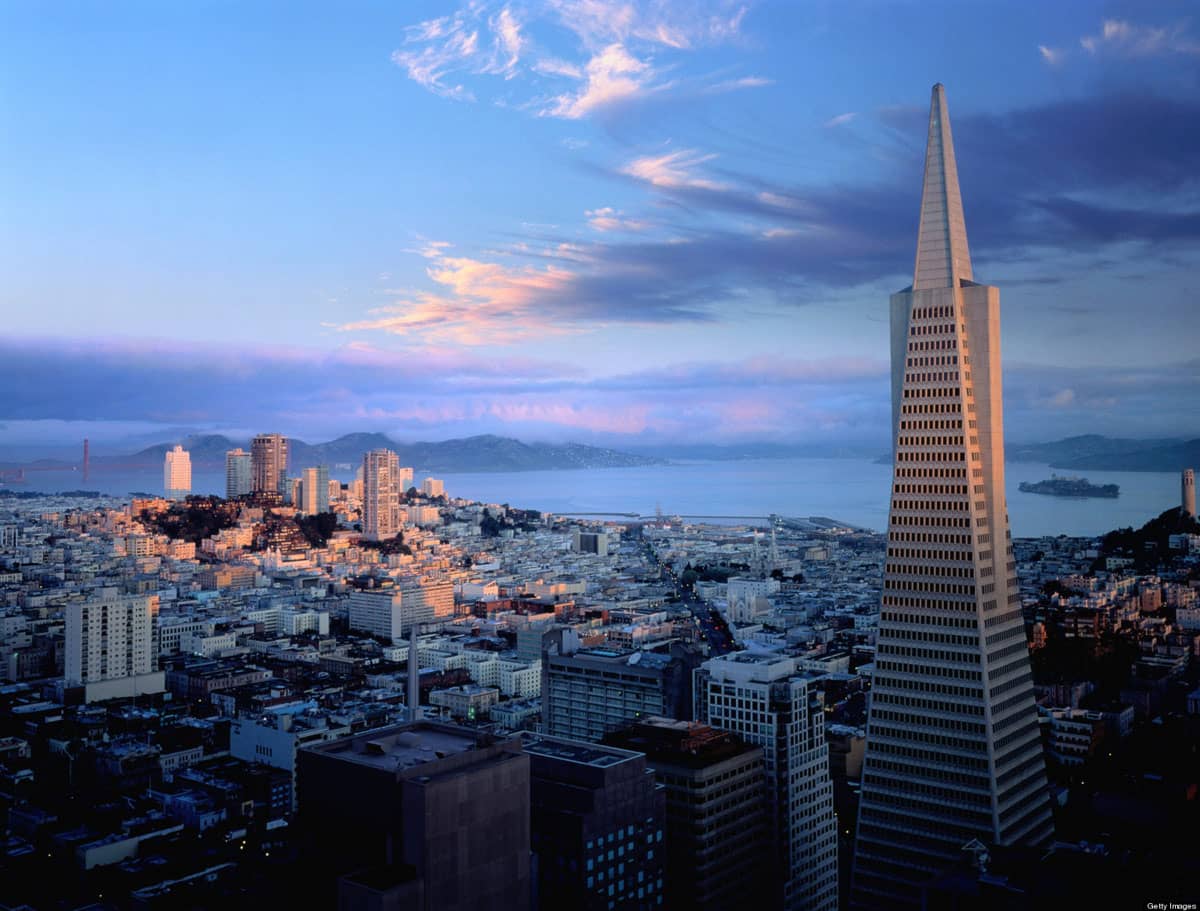
Which made the designers of this building think out of the box. The Transamerica Pyramid doesn't hide from the seismic forces, neither does it try to fight them. Instead, it dances with them, negating most of the forces. The engineers took some really innovative leaps when making the building.
To begin with, the building's foundations go 52 feet deep, with exceptional steel and specialized concrete. Seismic loadings surround the substructure at different points. This allows the foundation to freely move with the seismic forces. Furthermore, vertical and horizontal loadings are established by an unique truss system going as far as up to the 45th floor.
The combination of all these gives the structure formidable earthquake resistance. And it was tested in reality, as expected in the area. The Loma Prieta earthquake, a 6.9 scale monstrosity hit the city in 1989, leveling many buildings around the Pyramid. It swayed 1 foot side-to-side at the top floor for a whole minute, but still remained undamaged!
Designed to embody the chinese moral, "we climb in order to see further", this beautiful supertall skyscraper delivers an even better example of negating nature's forces. C.Y. Lee designed the astounding exterior, and the team brainstormed the best idea to keep that wonderful facade immortal.
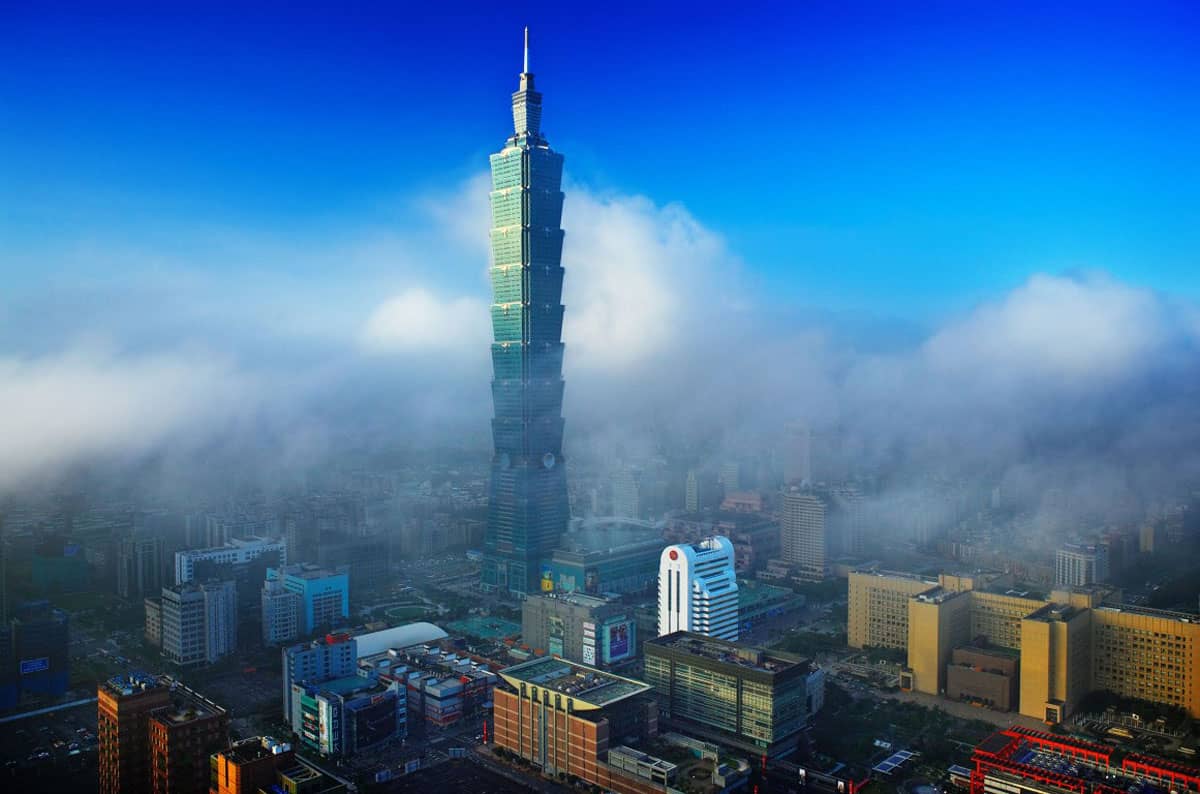
A marvel of engineering technology, the world's biggest tuned mass damper (TMD) is housed in the structure to let it dance with the waves and negate the seismic forces. The TMD in this building is actually a massive metal ball resting upon hydraulic arms and suspended from steel cables.
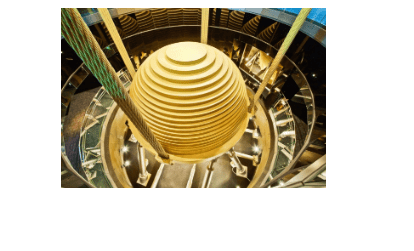 When an earthquake hits the structure, the ball wobbles on the viscous hydraulic arms. Thereby, most of the energy in the seismic waves go into kicking the ball, rather than actually disturbing the building itself. Functioning much like a shock absorber in a car, the TMD moves in the opposite direction of the force to negate the harmful forces.
When an earthquake hits the structure, the ball wobbles on the viscous hydraulic arms. Thereby, most of the energy in the seismic waves go into kicking the ball, rather than actually disturbing the building itself. Functioning much like a shock absorber in a car, the TMD moves in the opposite direction of the force to negate the harmful forces.
The gigantic ball's mass is used against both gravitational and torsional loads of a seismic wave. These forces labor themselves to move the heavy ball. Thus the ball sucks up much of the effects of the earthquake and the supertall building barely vibrates at all.
The densest populated area on earth that is also heavily earthquake prone are the islands of Japan. Most of the large buildings in Japan are, therefore, have some sort of anti-seismic technology built into them. But none are a match to the great Yokohama Landmark Tower.
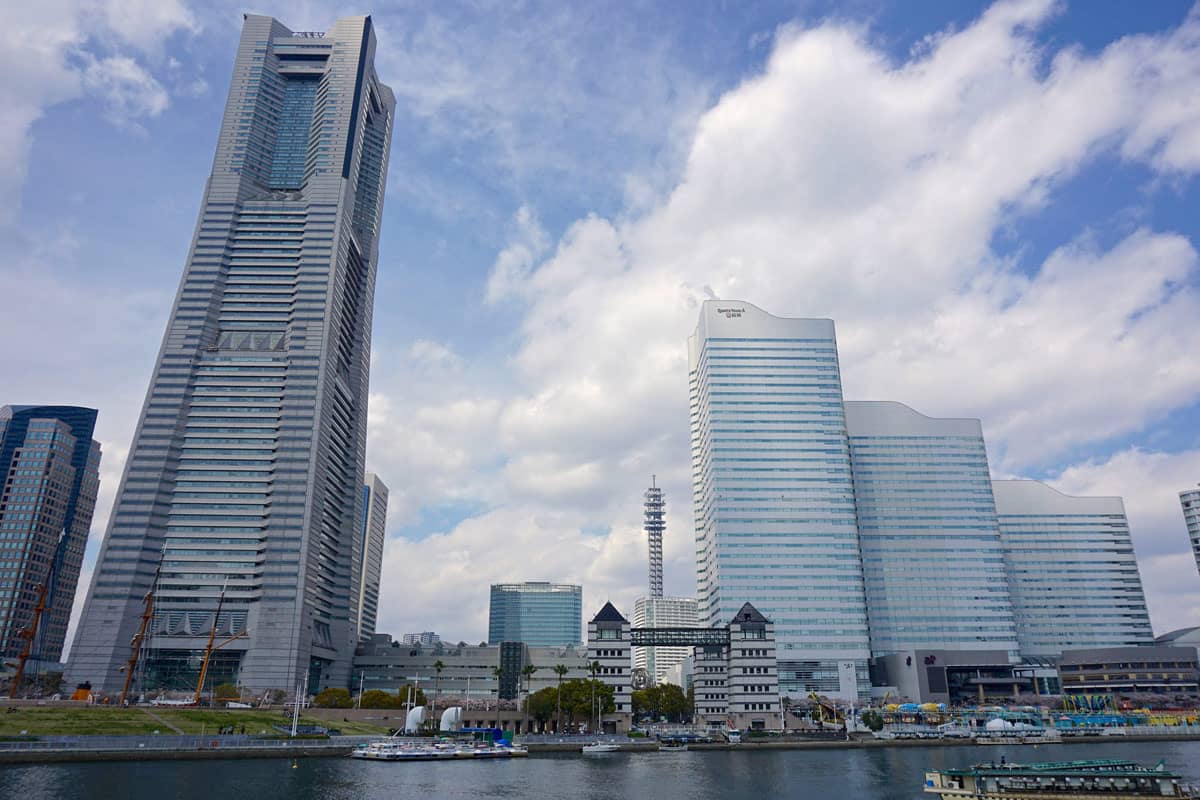
The second tallest building in Japan, this megastructure is located in Minato Mirai district of Yokohama. The building is made with special materials that are designed to bend instead of snapping. Which makes the 972-feet tall tower very flexible.
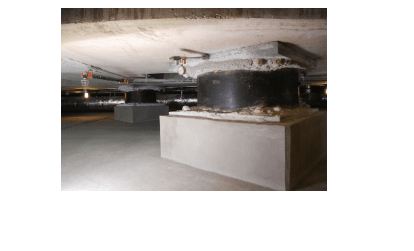 Moreover, the supertall structure rests on rollers in the foundation. These absorb much of the damaging vibrations that would otherwise enforce lateral loads on the tower. When the earth moves side-to-side, the rollers move, letting the building rest in place.
Moreover, the supertall structure rests on rollers in the foundation. These absorb much of the damaging vibrations that would otherwise enforce lateral loads on the tower. When the earth moves side-to-side, the rollers move, letting the building rest in place.
Add to that a tuned mass damper system that absorbs most of the gravitational shocks acting on the skyscraper. Although much simpler than our previous examples, combined with the other techs it becomes very powerful in negating torsional and gravitational forces. All of these combine to make the Tower nearly impervious to large-scale earthquakes that frequent the zone.
These five buildings we have described above are not only known for their beautiful aesthetics, but also their incredible safety. Most of them have gone through hard quakes and came out with minor or no damages.
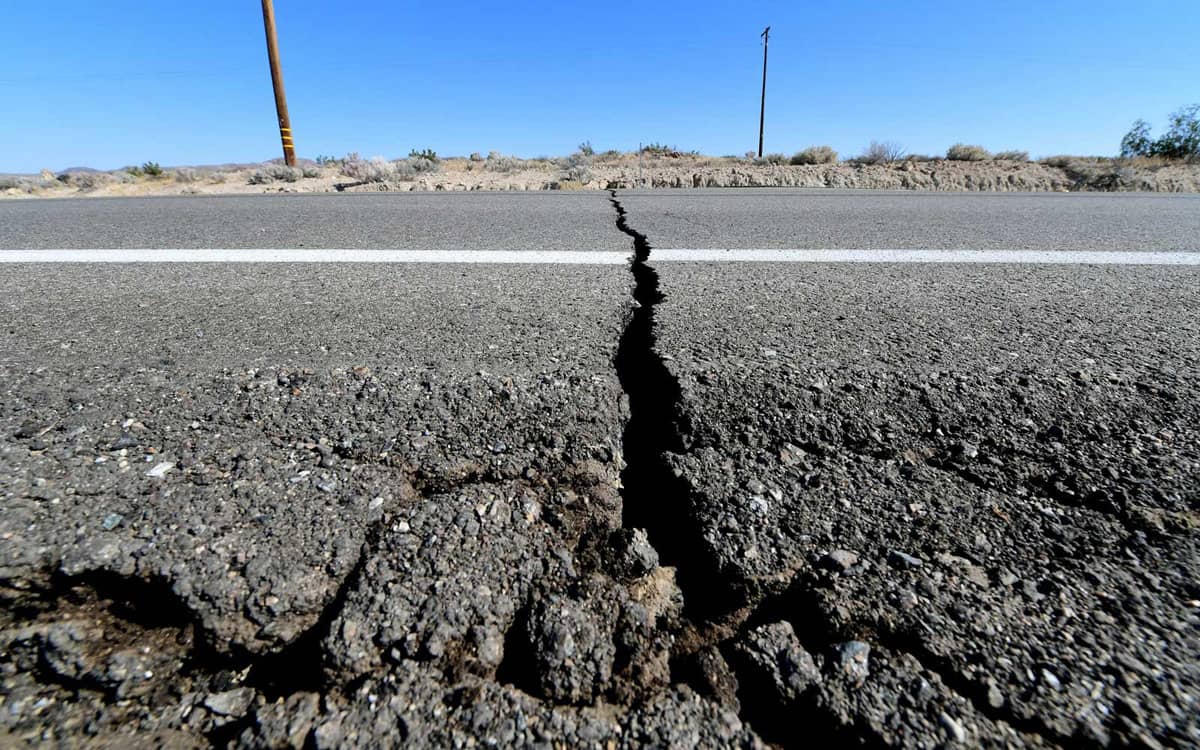
These earthquake resistant structures are legendary among their kind in the world. However, technologies are changing every day and new innovations are coming up. Hopefully, we will see more awesome examples of anti-seismic construction in the near future.